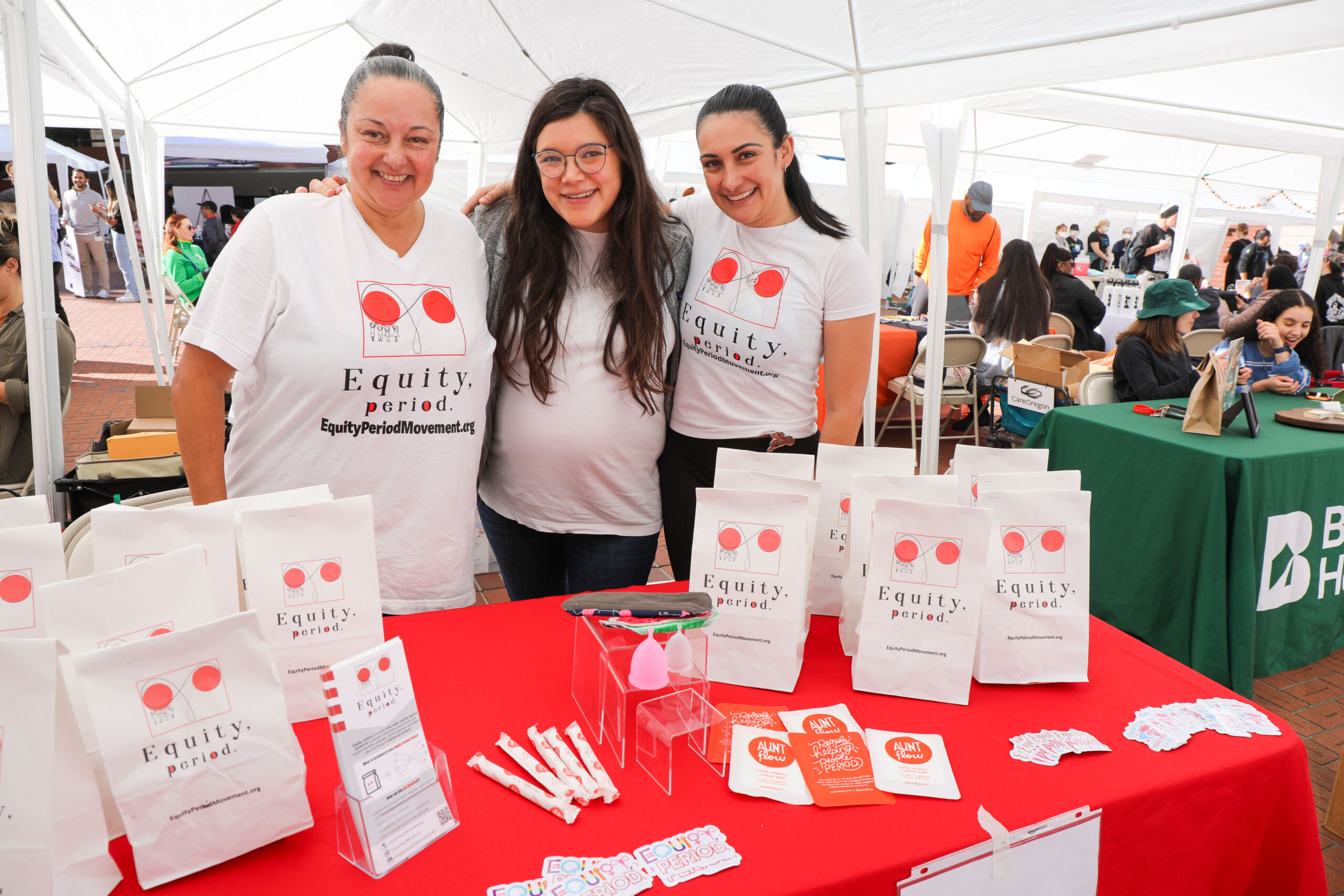
Our monthly Member Spotlight showcases a dedicated member who is actively working to dismantle obstacles for professionals of color and foster workplaces that prioritize equity, inclusion, and belonging for everyone. This month, we connected with leaders at Oregon Health and Science University, Ernest L. Perry, Jr., PMP, SPHR, VP of Human Resources & Chief of Staff, OHSU Human Resources; Leslie Garcia, MPA., Ed.D., Associate Dean of DEI, OHSU School of Medicine; and Jenny Lee Berry, Community Relations Manager, to gain insight on the robust DEI-B efforts taking place across the state.
How have OHSU’s diversity, equity, and inclusion initiatives enhanced its internal culture and fostered a more inclusive environment for its staff and members of the community?
With multiple mission areas, locations throughout the state, and more than 21,000 employees, OHSU has diversity, equity and inclusion initiatives happening throughout its clinical, research, education and central support work units. Employees often share their pride in department-specific programs and their appreciation for being able to personally contribute to DEI work within their teams.
Organization-wide, OHSU sponsors 14 active Employee Resource Groups. These employee-managed groups enable employees from underrepresented backgrounds or similar interests and their allies to come together for career development, social support, networking, mentoring, community participation, cultural awareness, and employee engagement. Ongoing trainings and education available to all OHSU members include LGBTQIAS+ Cultural Humility and Allyship, Anti-Racism, Stepping In for Respect (active bystander training), Search Advocacy, Intercultural Communication, and Unconscious Bias, which is a required program for all managers prior to being allowed to post a position for recruitment.
To further elevate our efforts, OHSU has recently embraced a new shared vision for our DEIB commitments. By integrating a new DEIB structure within the Office of the Chief People Officer and Office of the Provost, we are organizing strategic work and people closer to the day-to-day experiences of our learners and employees. By aligning the work in these new ways, we can ensure DEIB, and its positive impacts, are embedded in all we do across OHSU.
Can you tell us about a notable Partners in Diversity program or connection that has helped further your organization’s DEI efforts?
OHSU is a founding sponsor and supporter of Partners and Diversity. In 2010, OHSU sponsored a Say Hey! gathering on the university’s South Waterfront Campus. This event brought recognition to Oregon’s growing diverse community and energized OHSU’s recruitment and retention efforts.
In addition, Leslie Garcia, Associate Dean of DEI at OHSU’s School of Medicine, served as Chair of the Board of Directors for Partners in Diversity allowing the opportunity to collaborate and partner with many other organizations. Partners in Diversity’s CEO Forum in 2017 which was another important event sponsored and hosted by OHSU. OHSU’s CEO participated in a panel discussion focused on how executive leaders can lead DEI. Additionally, OHSU presented the OHSU DEI Strategic plan and offered best practices to other executives representing local organizations. OHSU’s directors for the Center for Diversity and Inclusion and Affirmative Action and Equal Opportunity presented at multiple organizations (NW Natural, PGE, City of Portland, etc.) to tell OHSU’s DEI story and present tools and resources to build stronger alignment and partnerships.
OHSU has also previously served as a major sponsor for the NW Equity Summit. This benefited OHSU as a collaborator and partner to advance DEI in our state and region. The OHSU community attended, networked and engaged in team-building through learning best practices and hearing from national speakers such as Dr. Steve Robbins.
Organizations often run into obstacles when they begin to operationalize their DEI initiatives. What advice would you give to organizational leaders who are finding it difficult to put their plans into action?
The courage needed to confront and dismantle systems of inequity cannot be understated. Real change is hard. While I’m not a clinician, I imagine the process of a heart transplant as a fitting analogy for the transformative change we all seek within our institutions. Just as a new heart can bring renewed life and possibility, so too can our efforts to confront and dismantle systems of inequity breathe new life into our community. Yet, just as the body may initially reject a new heart, our institutional body may resist changes to long-standing practices and cultures. It requires careful, deliberate effort to ensure acceptance and integration, to nurture a system where the new heart – a renewed commitment to equity and justice – can thrive.